Incredible Images From The Ruins Of World War II’s First Battle (They Can Still Be Seen Today!)
In a tiny peninsula outside of the Free City of Danzig, ruins can still be found from the first battle of the Second World War. On September 1, 1939, the German battleship Schleswig-Holstein fired on the Polish naval depot, Westerplatte. This assault officially marked the start of the Second World War.
The aftermath of The First World War
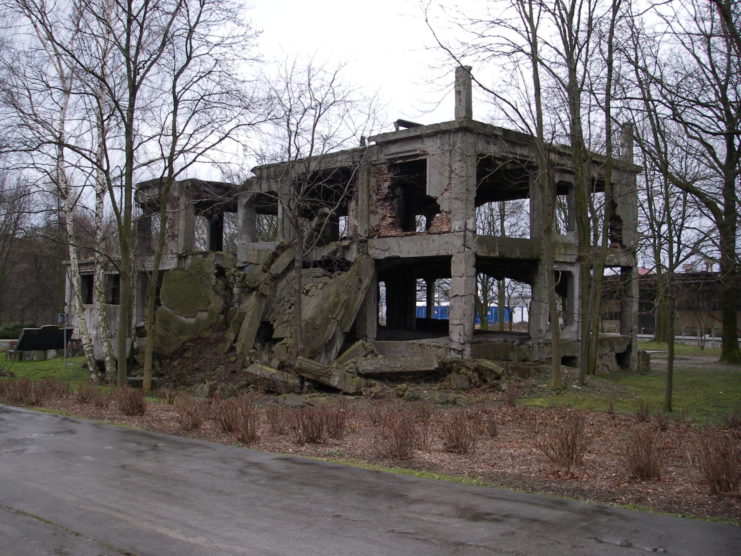
In the aftermath of the First World War, the Treaty of Versailles carved out the nation of Poland from the fallen empires of Germany and Russia. The Baltic port city of Danzig and its surroundings were taken from Germany but also remained separate from the newly established nation of Poland. The Free City of Danzig was established under the protection of the newly-established League of Nations.
The Free City of Danzig was primarily made up of German citizens. Under stipulations outlined in the treaty of Versailles, Poland was allowed to station only 88 soldiers at an ammunition depot on the Westerplatte peninsula.
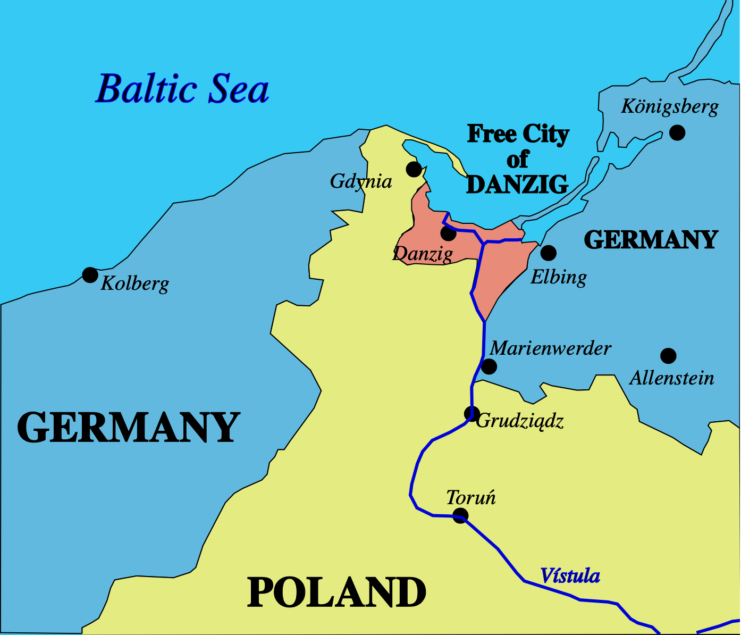
The Polish government, however, recognized that a German attack was imminent. They attempted to warn their fellow Allied nations and asked for reinforcements, but due to the provisions outlined in the Treaty of Versailles, there was not much that could be done. So, working against the Treaty of Versailles, the Polish government prepared for a potential conflict. They began reinforcing the existing fortifications with machine guns, mortars, and antitank weaponry while tripling the number of Polish soldiers stationed there. By 1939, the number of Polish soldiers had gone from 88 men to 210 men.
Tensions are high
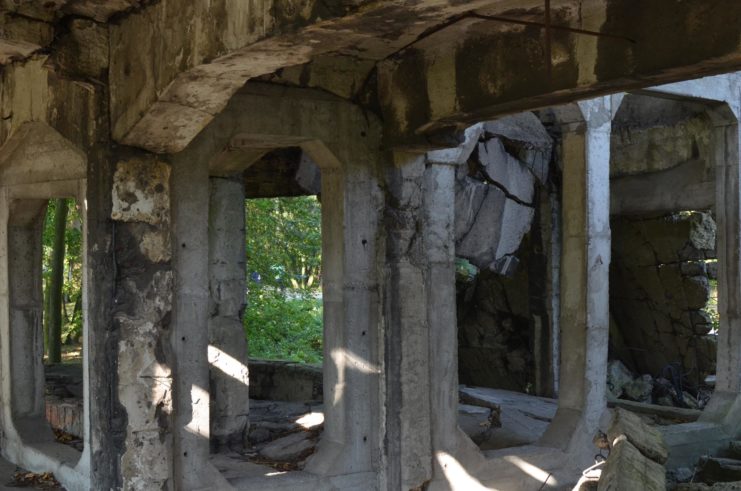
When Hitler rose to power, he was determined to overturn the military and territorial provisions laid out in the Treaty of Versailles. By the Spring of 1939, Hitler demanded the annexation of the Free City of Danzig to Germany and extraterritorial rail access for Germany across the Polish Corridor.
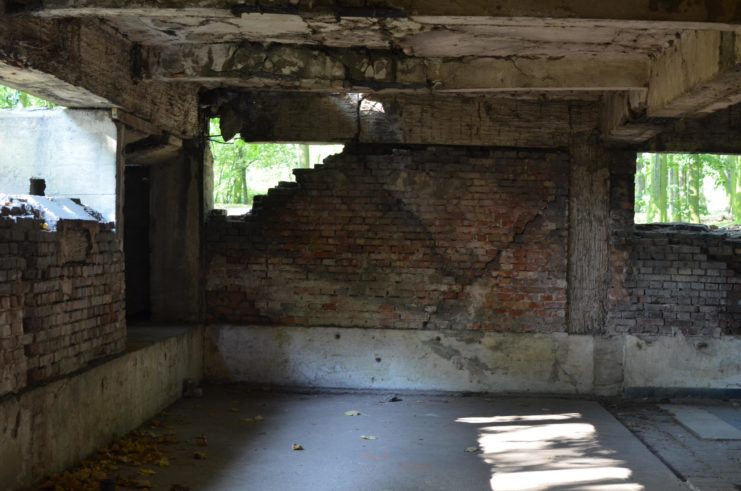
Tensions were growing high. Ethnic Germans living in the Free City of Danzig completely supported the Nazis, and by August 1939, the Germans had taken de facto control of the Free City. The small Polish military presence at Westerplatte was the only military presence in the area.
War comes to Westerplatte
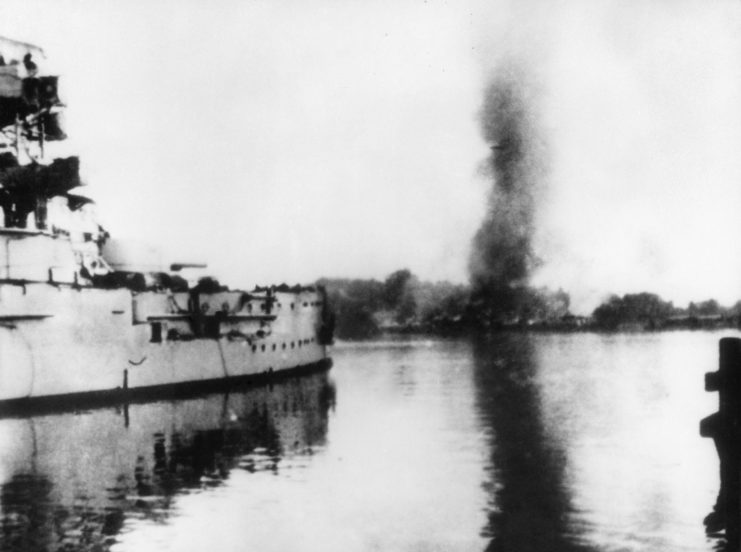
On September 1, 1939, mere minutes after the German Luftwaffe dropped their bombs on the city of Wieluń, the German battleship Schleswig-Holstein open fired on the Free City of Danzig. Initially, the Germans thought that the Polish military in Westerplatte would surrender easily, but that was not the case.
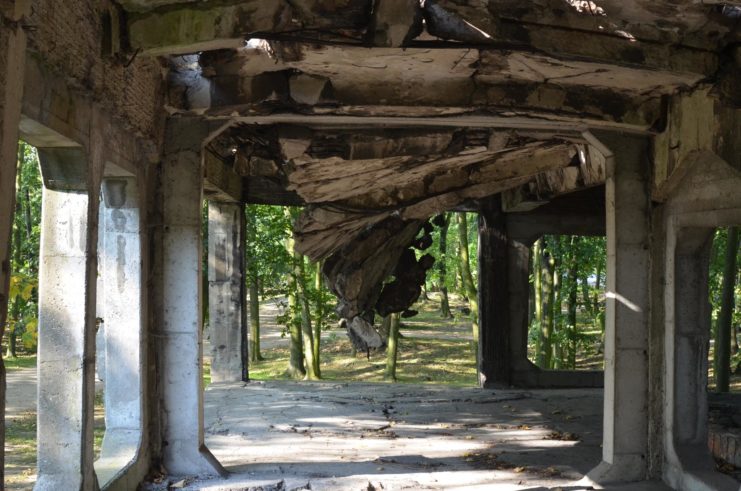
As the German marines broke into the city, they found themselves caught in a crossfire from the Polish military’s machine guns at Westerplatte. The Polish military was able to take out all German machine guns set up at various warehouses across the harbor channel to the south, before destroying the warehouse itself. On this first day of battle, the German Wehrmacht took on heavy casualties.
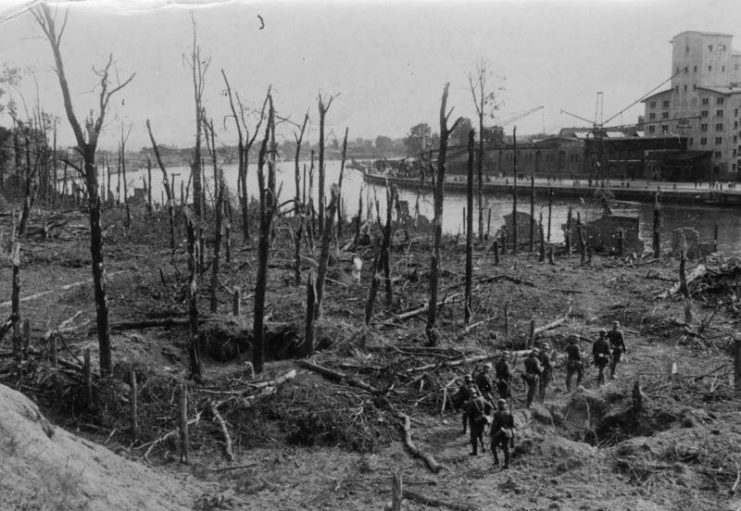
Over the coming days, the Germans repeatedly bombarded Westerplatte with naval artillery, field artillery, and from above with the Luftwaffe dropping bombs. To everyone’s surprise, Polish soldiers continued to be able to hold off over 570 German soldiers over the span of seven days.
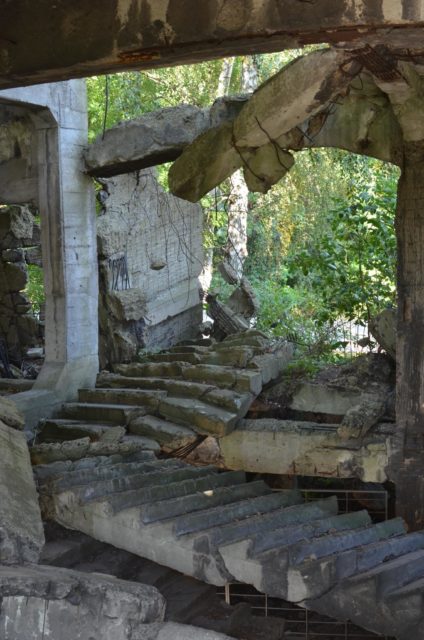
On September 3, 1939, England and France declared war on Germany. The Poles fighting in Westerplatte were hopeful that Allied reinforcements would come to the Free City of Danzig to help aid them in their fight against the Germans. However, by September 8, it was becoming clear that no reinforcements were coming. By now, German armies occupied half of the country and were quickly approaching Warsaw, Poland’s capital. The garrison was running low on food, water, and ammunition, and the injured needed to have their wounds properly cared for.

On September 8, 1839, Polish Major Henryk Sucharski surrendered to the Germans. However, German commander General Eberhart was so impressed by the efforts of the Polish army that he allowed Major Sucharski to keep his sword while being taken prisoner. In the end, of the 34oo Germans who took part in the battle, 300 died. In comparison, only around 15 of the 201 Polish forces died.
Post-war memorialization
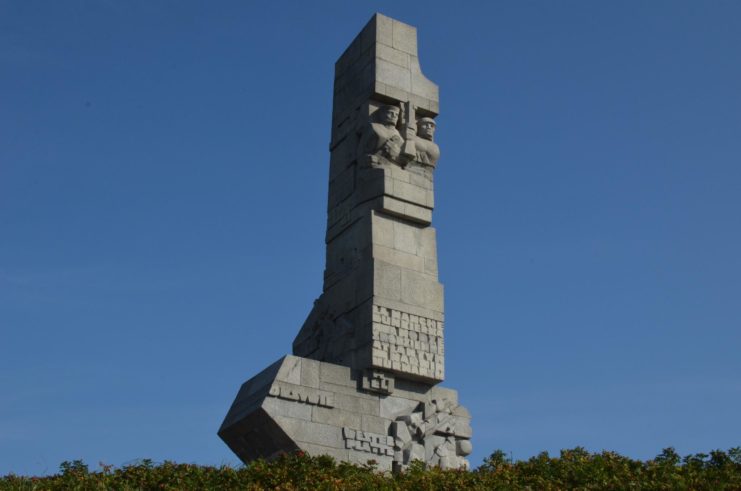
The ruins of the defenders’ barracks and guardhouses can still be seen and visited today. In 1966, a Monument of the Coast Defenders was unveiled that continues to stand tall today.
Post a Comment
0 Comments